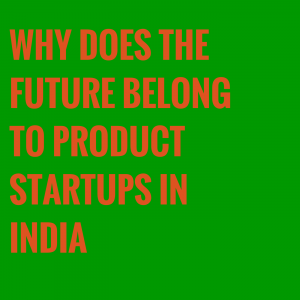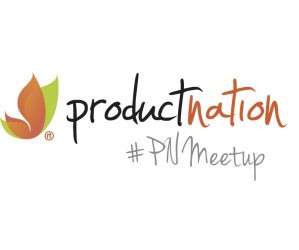We need products, not services, to be global leaders, and the good news is Druva, Freshdesk, Capillary, Rategain, Savari and Julia are all either global leaders or the primary challengers in their respective categories.
For some months now, electronics has edged out gold, machinery and pearls to become India’s second-largest category of imports (after oil). Our aerospace and defence imports are also growing. We love buying all kinds of gizmos, big and small, from the West. Because of this, aerospace, defence and electronics imports are ticking time-bombs. Electronics alone will become double our oil imports in five years. The big policy question is whether we can develop viable domestic product companies in these sectors without resorting to protectionism. The short answer is: Yes!
The reason for this optimism is software products. In this area, we are holding our own. India’s software product industry is growing at a healthy clip. iSPIRT’s iSPIX (Indian Software Product Industry Index) grew by 26.6% on an annualised basis in 2015. And 80% of this growth has come from companies focussed on global markets. This is fuelled by companies like Druva, Freshdesk, Capillary and Rategain. Each one of them is either a global leader or the primary challenger in its respective category. There is also a long list of promising companies who are replicating the success in newer categories. Team Indus is attacking aerospace. Forus Health is changing preventative blindness testing across the world. Julia, an open-source language out of Bangalore and MIT, is reshaping how IOT will happen. Savari is already a top-3 player worldwide in self-driving cars. All these are new names for most people. In the glare of the Bollywood-ish publicity of our e-commerce companies, we are missing the real revolution.
Yes, like any nascent revolution, this is fragile. In fact, we recently dodged a bullet. In the run-up to prime minister Narendra Modi’s recent US trip, the Indian Patent Office hurriedly issued guidelines on computer-related inventions. Undoubtedly, they were made under pressure from some American MNCs, without realising that they were a death knell for the domestic software product industry. Luckily, good sense prevailed and 115 days later, on December 14, these guidelines were rescinded.
This near-death experience has had a positive fallout. It precipitated a coming together of minds within the government on having a proper policy for software products. As a result, a National Policy for Software Products is on the cards and should be out in a couple of months. It represents a new paradigm of policy making. For starters, it has no sops! Instead, it takes an integrative view of changes that are needed to create an enabling environment. It eliminates FERA-era norms that prevent Indian product companies from going global. It introduces missing concepts in our policy lexicon. For instance, our tax code doesn’t even have a definition for digital goods, and this, as you can imagine, results in misery for software product companies. It also tackles our archaic R&D credit system that harks back to the pre-liberalisation era and favours only large profitable companies. It is a bold policy effort that eschews tax-breaks, big budget outlays and protectionism for creating a modern policy environment for our software product companies.
Indian software products matter. This sector is the opening batsman for a new innings for India. If it runs up a good score, as it is likely it will, it will set the stage for aerospace,defence and electronics products. If India remains bereft of SPADE (i.e. Software Products, Aerospace, Defence and Electronics) product companies, it won’t be a sustainable economy in the future. Keep in mind that Microsoft generates more profit than the profits of the top-20 pure-play global IT services firms. Boeing and Airbus alone generate almost as much profit as all global airlines put together. Cisco’s profits are more than those of all European mobile operators. And Pfizer’s profits, even before its recent acquisition of Allergen, are more than the profits of top 100 hospitals in US. The value nowadays lies in products, not services.
We know how to build the world’s best hospital, airline or IT services company. But no matter how well-run Indigo Airlines is, it will not become a Embraer or Boeing. Similarly, a Narayana Hrudayalaya hospital will never bring a drug to market like a Pfizer does. Airtel or Verizon will never build a router like Cisco and Juniper do. And TCS will never be a Microsoft. Acknowledging this plain reality is the first step that we must take. Building a world-class product company needs a different mindset. You have to go all-in and bet-the-company on a market or technology shift that is underway. This mindset is new to us in India. We must nurture it so that it becomes a new strength for the country.
The stakes are high, but there is reason to be optimistic. A few smart and light-touch policy moves (in the works) can make India a global software products powerhouse. It is the first step to becoming a product-nation!
By Sharad Sharma and Vishnu Dusad, MD, Nucleus Software




 The startup ecosystem has come a long way in the country, especially in the last decade or so. People often ask me at various forums and events as to where I see the startup ecosystem heading in the coming years. While it may be difficult to predict precisely, there are perceptible changes.
The startup ecosystem has come a long way in the country, especially in the last decade or so. People often ask me at various forums and events as to where I see the startup ecosystem heading in the coming years. While it may be difficult to predict precisely, there are perceptible changes.


